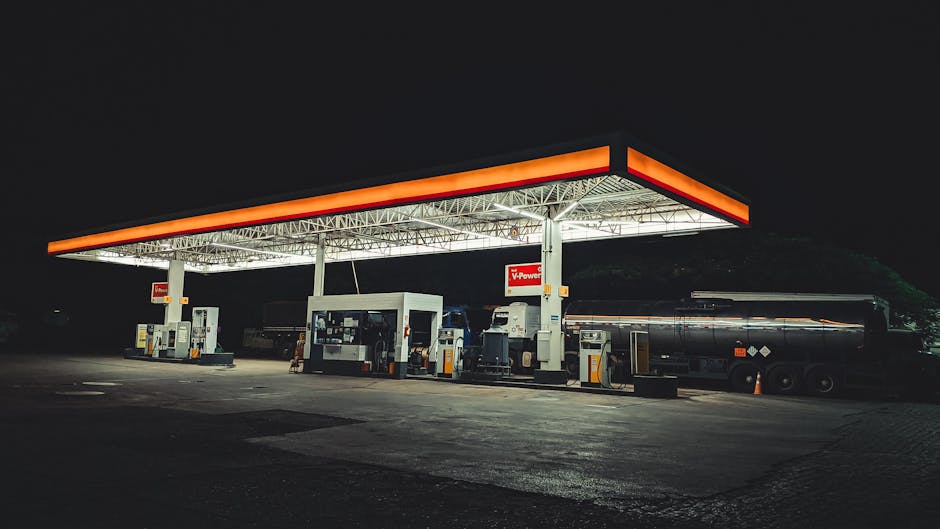 Photo by Sergio Souza
Photo by Sergio Souza
Originally Posted On: https://www.torquecars.com/articles/e85-ethanol-gas-fuel.php
E85 Fuel: What Is It?
E85 is a term used to refer to rich ethanol-gas fuel blends that contain a 51%-83% ethanol ratio depending on the season and geography of use.
E85 fuel can and is commonly used with the flexible fuel vehicles (FFVs) sold by both foreign and domestic manufacturers.
For a motorist driving an FFV, he or she will see little difference, other than the reduced gas mileage when he or she is using E85 as opposed to the typical gasoline. When using E85, you will notice that it provides less energy per gallon than gasoline, depending on the ethanol content present in it. In many cases, the mileage penalty will start to lessen as the ethanol content in the E85 begins to decrease.
E85 Tips: Fueling Stations
In the United States alone, there are more than two thousand four hundred public E85 fuelling stations. These are stations that provide high-level ethanol blends to the over seventeen million motorists using the flexible fuel vehicles (FFVs).
The high-level ethanol blends are available in over forty states, even though the largest concentration is in the Midwest.
You are therefore guaranteed to find a station to fuel your FFV along the roads in the U.S. In other countries supply is somewhat scarce and limited. In Europe and the UK Bio derived Ethanol may be added to forecourt fuels at up to 10% without any notification or warning required.
The UK has just 3000 E85 filling stations (as of 2013) so it can be really hard to source. E85 Ethanol gas is hard to find and few cars can use it without modification.
Octane Number in E85
You will see that there is a lot of misinformation floating around about the virtues of ethanol blends like the E85 as compared to gasoline. It is a common belief among many hot rodders that E85 has a real advantage over petrol, even though it is hard to fully establish this fact scientifically.
It is difficult for one to measure octane rating in E85.directly. This is because ethanol starts to vaporize at around 172 degrees F, compared to gasoline which begins to boil at between 100 and 430 degrees F. The Motor Octane Number designed to test gas requires that the air/fuel mixture be at 300 degrees F as it passes through an intake. At that temperature, ethanol will be vaporized, making the tests inconsistent.
As such, the ethanol octane numbers are often calculated from results that have been gathered in less than ideal operating conditions.
Modifying Your Engine to Use E85 Fuel
Almost any vehicle can be converted to run happily on E85. The costs are not high as this can be achieved by using less than four hundred dollars, and for those looking to increase their MPG, they can do so in less than six hundred dollars.
You can achieve this task by adapting the fuelling and timing through a remap or piggy back component. The aim is to change the duration of the vehicle injectors leaving them open for longer and hence delivering more fuel to the combustion engine.

Photo from www.torquecars.com
The injectors themselves may have to be removed and replaced or modified and conversion kits usually supply these. The FexTek plug is then inserted into the fuel injectors. For many vehicles, this will a do it yourself project and should not be very time-consuming.
Some components in the fuel and fuel pump system will need to be modified to resist the corrosive effect of E85 fuel. Modern engines are generally better suited than older ones. Again a good conversion kit will supply these if required.
Disadvantages of Using E85
E85 problems may not be many, but nevertheless, they are there and include the following;
Sole Use – Using ethanol can also be seen as a disadvantage because crops made available for producing the oil cannot be utilized in any other way. In return, this could lead to increased prices for animal feeds.
Damage to the Engine –Ethanol can cause damage and corrosion to an engine mainly because it absorbs dirt directly and it can be more corrosive than other fuels.
Fuel consumption is higher due to the lower calorific value of Ethanol but price factors help offset this when the crude oil prices are high.
Even though the advantages and disadvantages of using Ethanol have been a source for great debates, it is currently the most popular alternative to foreign fuel, and this can be verified by the increased number of plants requesting permission to set up ethanol production facilities.
Benefits of Using E85
When using E85 fuel, you can expect to enjoy the following advantages:
Environmental Impact – Ethanol is cleaner than gasoline when burning, and, therefore, produces less toxic fumes, making it advantageous as far as environmental pollution goes. It is also preferred by environmentalists as it does not contribute to greenhouse gasses.
Burning Facility – flex fuel vehicles are designed to burn the proportion mixture in their combustion chambers. There are electronic sensors to determine the blend, and microprocessors to adjust timing and fuel injection.
Great Alternative to Oil – FFVs use ethanol, made from sugarcane and corn, and is, therefore, a real alternative to using foreign purchased oil.